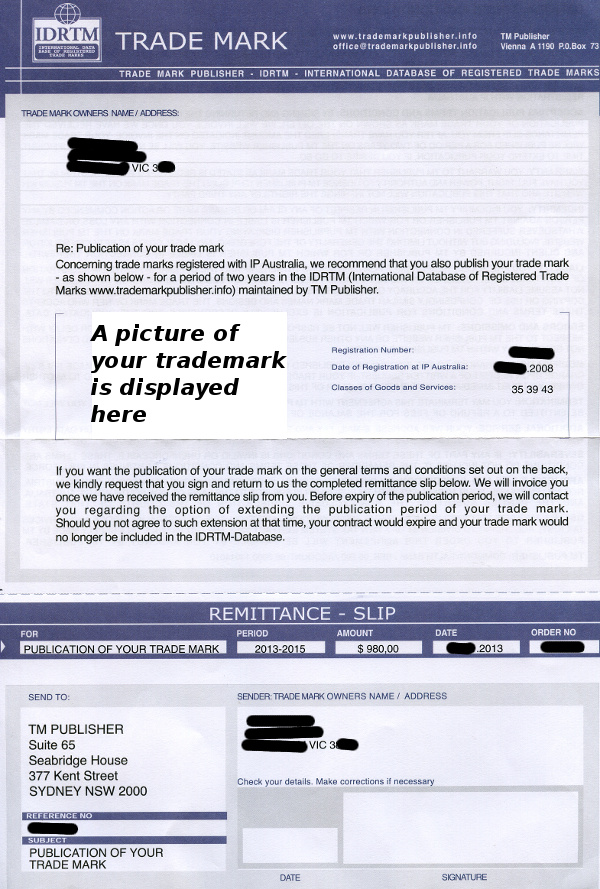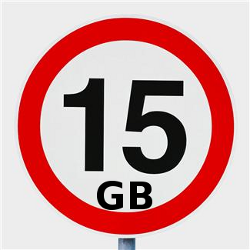
When booking accommodation, you can either book directly with the property, or choose to go through a third-party booking service, such as Wotif, Expedia or Agoda. So which gives you the best deal? Let’s put this to the test with a real-life example.
Let’s consider the Bairnsdale Motel which is located at Bairnsdale, in eastern Victoria. We are after a 3 night stay, checking in on Sunday 24th March and out on Wednesday 27th March, in their cheapest room.
- Direct booking. If you go to this motel’s website, you’ll discover their direct online booking system. Nightly stays in their “superior queen” room are listed at $155, but they offer a 3 night rate of just $132 per night. Thus booking directly with the hotel will cost $396.00.
- Booking through Wotif. This motel distributes their accommodation through Wotif, however you will not find any of their special 3 night deals, so we are forced to pay $155 per night for 3 nights. To make matters worse, Wotif charges a non-refundable $5.50 fee for each booking, thus booking through Wotif will cost $470.50.
- Booking through Agoda. The nightly rates are identical to Wotif, however because Agoda doesn’t charge a booking fee, the total cost will be $465.00.
So book directly with the motel for $396, go through Agoda and pay $69 extra for exactly the same room, or choose Wotif and pay even more – $74.50 or 18% extra.
But you can’t just look at the room rate only. What if, due to unforeseen circumstances, you need to change or cancel your booking? How does each booking method deal with that?
- Direct booking. You deal with the motel directly and you can simply email or phone them to change or cancel your booking, subject to their change/cancellation policy.
- Booking through Wotif. A $25 administration charge applies to any booking change or cancellation. This is because you have to contact Wotif, who then have to deal with the motel to cancel or change your booking. Don’t forget the non-refundable $5.50 fee still applies even if you cancel your booking. You will also still be bound by the motel’s own change/cancellation policy.
- Agoda.com don’t charge fees for changing or cancelling bookings, but if you do cancel, it can take up to 10 days for them to refund your money. Like with Wotif, you will also be bound by the motel’s own change/cancellation policy.
Booking directly with the accommodation provider means you avoid third-party booking fees and you get full access to all their room types and offers. If you need to change or cancel your booking, and you didn’t book directly, your request needs to go through multiple organisations, some of which charge hefty fees in addition to the restrictions imposed by the accommodation property itself.
A good technique for locating accommodation is to use websites like Wotif, Expedia or Agoda to see what’s available, and then when you are ready to book, simply book directly with your chosen accommodation provider, either their own online booking system or by phone. As well as getting the best rates, things are much simpler if you need to modify or cancel your booking.














